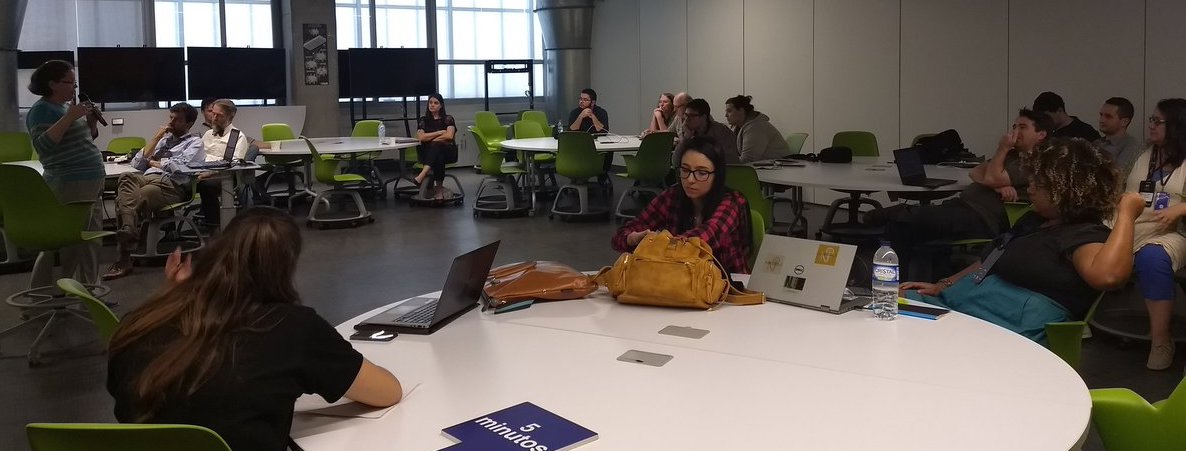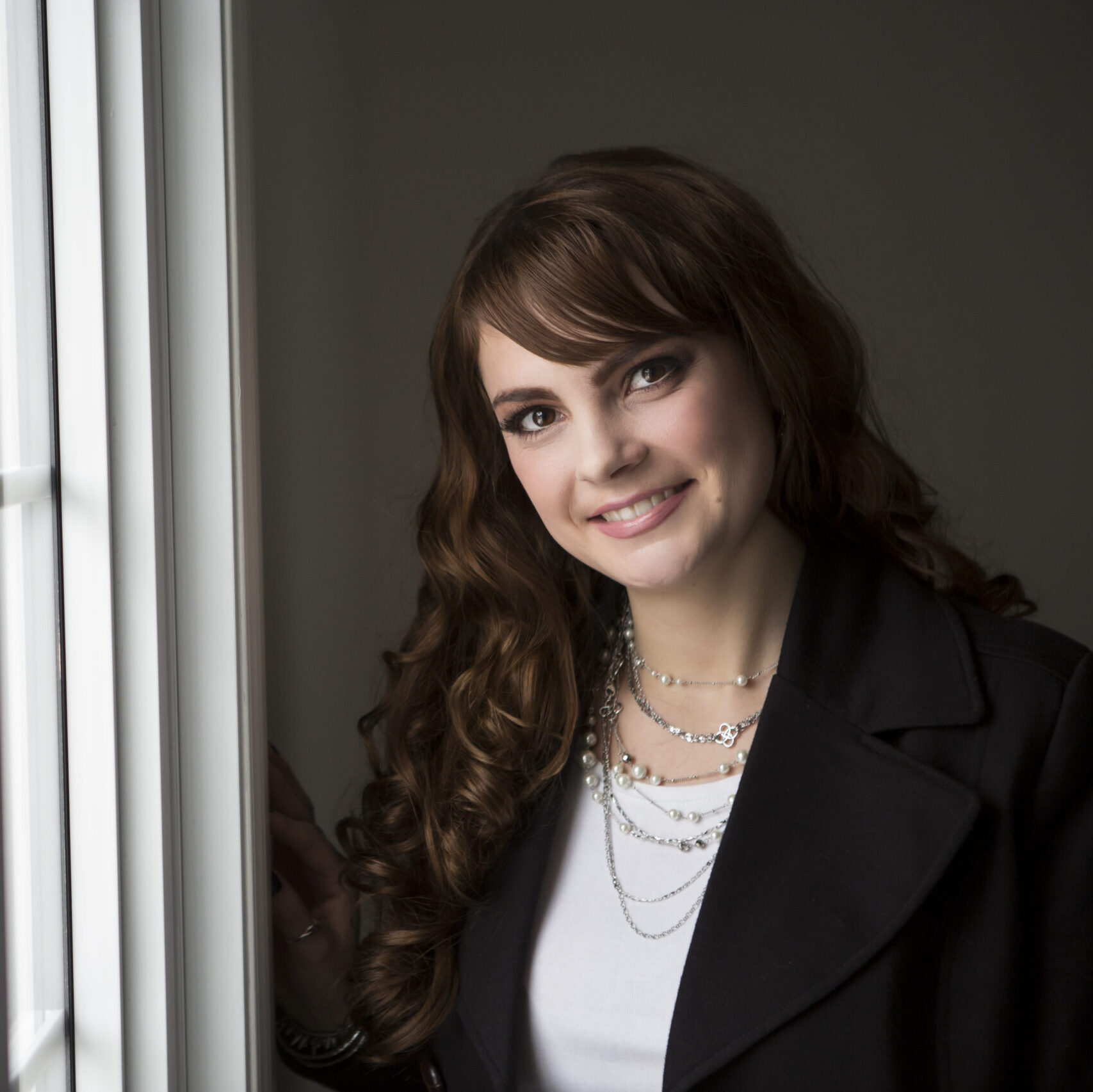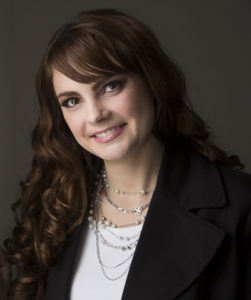Take-aways from the Inaugural Transmedia Earth Conference 2017
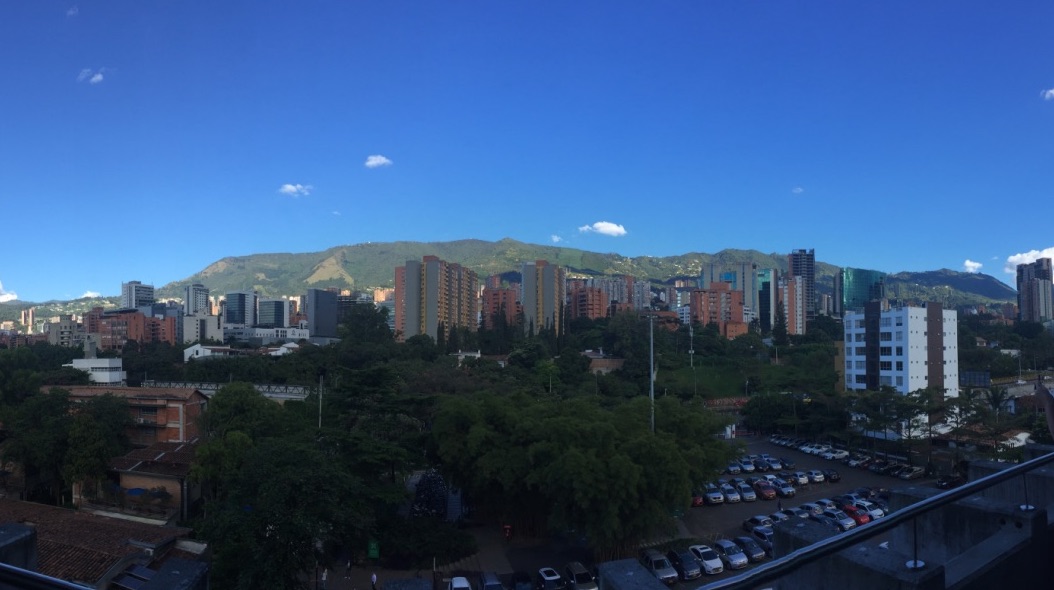
I recently presented my PhD research at the Inaugural Transmedia Earth Conference in EAFIT University, Medellin, Colombia from October 11-13, 2017. As transmedia is an area of study that has become very popular in the past ten years, I was excited to see what areas of research scholars are engaging in.
The ethos of transmedia content is what today’s audiences follow
Keynote speaker, Mathew Freeman from the University of Bath (UK), posed the question “When do audiences opt to follow content?” A question I’ve asked myself in the past, and in his speech, he argued that audiences tend to follow content rather than a brand, storyworld, or character. Audiences follow content they want to consume.
His example was that female readers chose to follow feminist-focused content about Captain Marvel. They did not consume all stories about Captain Marvel, but instead selected only feminist-friendly content that portrayed the character in a more relatable and powerful position. Freeman’s research also showed that readers would look for similar stories (different brands and storyworlds) that have feminist-related content. Another transmedia example he referred to was a non-fiction example, “Red Nose Day”, which is a campaign that uses comedy to raise funds for children’s charities. He argued that people aren’t following a narrative with different storylines in different media, but instead they are following the ethos of the type of comedy used to inspire donations.
For me, this presentation reiterated the adage “Content is king”. The story is what matters and draws people in enough to hunt and gather the puzzle pieces of the story across media.
What is transmedia storytelling and what’s next?
Carlos Scolari (University of Pomeu Fabra Barecelona, Spain) the second-most cited transmedia scholar after Henry Jenkins, gave keynote that challenged scholars to look farther abroad and into the future. He showed how the term transmedia has reached it’s peak in academic literature (it’s trendy) and that many scholars, particularly young scholars in South America, are all quoting the same researchers. He argued that as researchers we need to look beyond our own backyards and look at what other researchers are doing abroad.
Scolari noted that transmedia is a concept that was
“born in the academic world and was adopted by the professionals [industry] because they have the funds to do it.”
He made an important distinction as to what can be classified as transmedia and he said that transmedia must have user-generated content. People must be able to participate, it’s more than just multimedia. It’s more than just a Facebook page, there needs to be a certain dynamic with fans.
Scolari said that transmedia does not equal success because if a story is bad, the cross-platform format will note save it.
He noted that the term transmedia is being added to theses titles that don’t actually involved transmedia (but rather multimedia) and it is being tacked on as a keyword in funding applications because it is usually successful in receiving funding because it’s trendy. He posed the question as to whether we are facing a scientific bubble with transmedia?
Scolari hypothesises that, like other popular academic terms such as, “virtual communities”, “hypermedia”, “hypertext”, and “cyberculture”, will begin to drop off and that new forms of storytelling will emerge.
Scolari sees transmedia moving into universities in classrooms. Because we’ve mostly figured it out, the next step is teaching it, and monitoring the new media people are using to participate in transmedia stories.
When a leading scholar in the field says that new forms of storytelling emerge, it was happy news for my ears because my PhD research involves looking at a newer method of digital storytelling. It reinforced my confidence in the direction of my research.
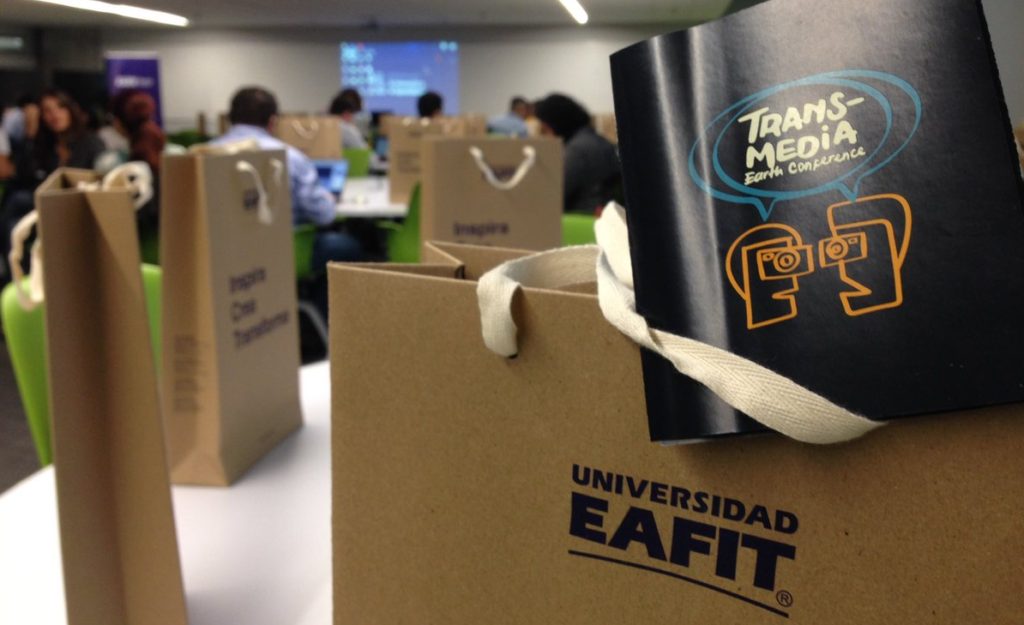
Computing science and engineering disciplines talk about transmedia too!
A fascinating presentation given by Maria Isabel Villa Montoya and Diego Fernando Montoya Bermudez used bibliometrics to show that articles on transmedia is a term most commonly used in communications literature and film (44%), and is mostly published in the USA (25%) and Spain with specific emphasis on a handful of authors who are commonly cited.
The term “cross-media” is used in computing science and engineering journals to discuss the same phenomenon (54% of the content). Cross-media research is mostly published in China (26%) and the USA (17%).
Echoing Scolari’s argument, the presenters showed that we need to expand our reading about transmedia not only to different countries, but by searching for parallel keywords.
This presentation highlighted the importance of my doing transdisciplinary research because the breadth is much larger than the academic communities or circles we are familiar with.
Interaction of academia and industry
The last note I wanted to make about the Transmedia Earth Conference was that there were not only senior scholars and early-career researchers from across the world, there were practitioners. There were entrepreneurs, film directors, and writers. I think scholars can learn more from industry than vice versa. One entrepreneur came to the conference looking for answers to his questions on how to “crack the magic formula” of transmedia storytelling creation. As he soon discovered, academics have a tendency to spend a hours debating the definition of “transmedia” rather than developing practical and implementable solutions for commercialisation.
Seeing examples and hearing insights from practitioners who have completed successful transmedia projects highlighted how expensive and difficult it is to build a transmedia audience. Transmedia storytellers must be aware of what the target audience is doing, what platforms they’re using, and very importantly, WHY they are connected to the content. One great example Dan Hassler Forest (University of Utrecht, Netherlands) noted was The Hunger Games. He said that the content producers created a fashion magazine called “Capitol Coutoure”, which featured photos of the film stars endorsing major fashion brands. Fans were offended because they did not connected with the Capitol (which is the antagonist in the story), so they launched a counter social media campaign called “Odds in our favour” where people took selfies with the three-fingered salut (for District 11) showing their struggles in capitalist life.
Scolari noted that the Transmedia Earth Conference was the first he had attended that brought together an international group of scholars and industry practitioners. He said that this creates opportunities for mutual learnings and partnerships and is important for further progression of transmedia in the future.
The conference proceedings will tentatively be published in 2018.
